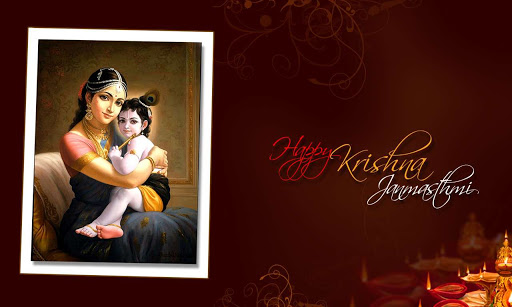Hanumān Jayantī (Birth of Lord Hanumān)

Hanumān Jayantī (Birth of Lord Hanumān) Old sculpture of Hanumān Ji at Undavalli Caves, Andhra Pradesh Hanumān Jayantī (Birth of Lord Hanumān) is a Sanātani festival which is celebrated by all Sanātan people across the world. In India, it is celebrated in different forms in different regions. Likewise there are different opinions about his birth in different regions of India. In northern India, it is celebrated on ‘Chaitra-P ūrnima ’ (Full moon day of Sanātan month of Chaitra). In Karnataka, Hanumān Jayantī is observed on Shukla Paksha Trayodashi, during the Margashirsha month or in Vaishakha, while in a few states like Kerala and Tamil Nadu, it is celebrated during the month of Dhanu (called Margali in Tamil). In Telangana and Andhra Pradesh, Hanumān Jayantī is celebrated by a dikshā of 41 days, beginning on Chaitra P ūrnima , and concluding on the tenth day during Krishna Paksha in Vaishakha. In Maharashtra, Hanuman Jayantī is celebrated on the full moon day (pūrnima) of the Hi...





